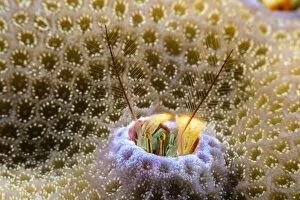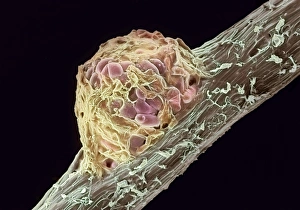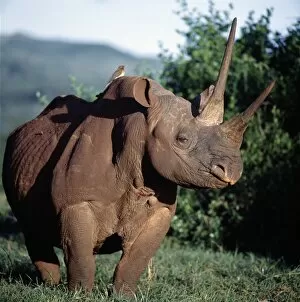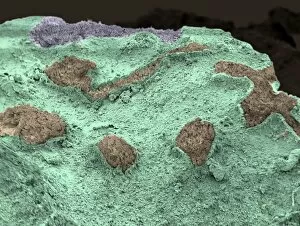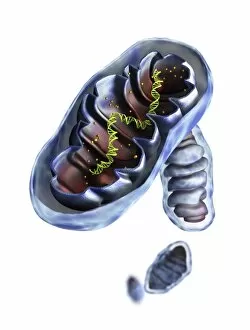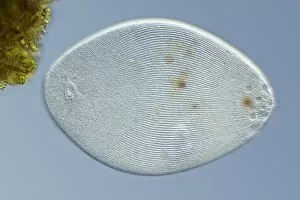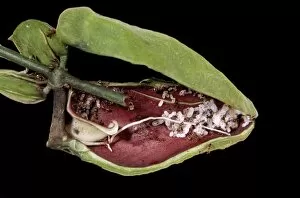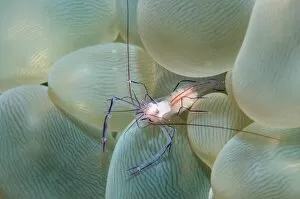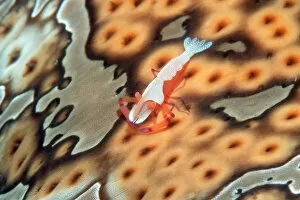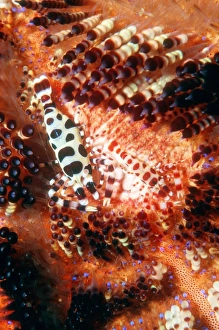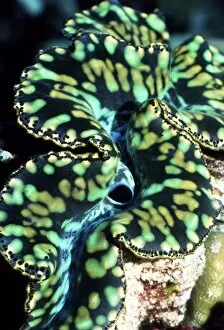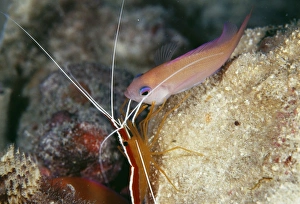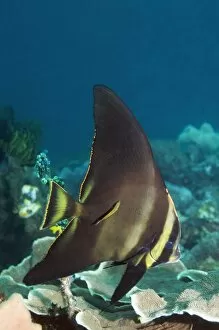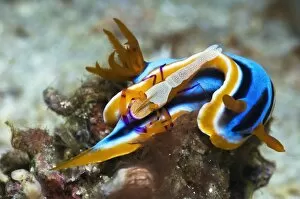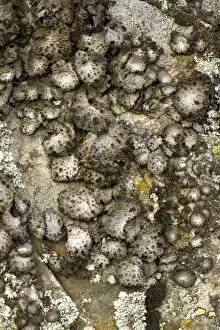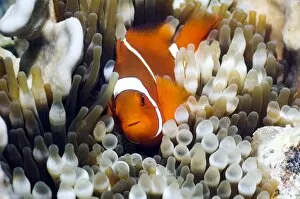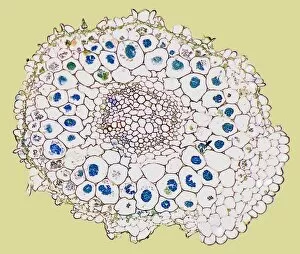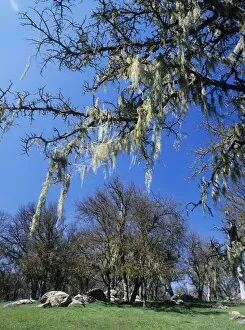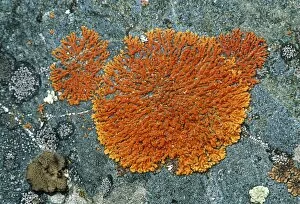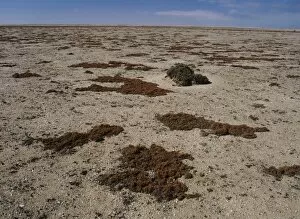Symbiont Collection
"Symbiont: Nature's Perfect Partnerships" In the depths of the ocean, a False clown anemonefish finds solace among the swaying tentacles of its host anemone
All Professionally Made to Order for Quick Shipping
"Symbiont: Nature's Perfect Partnerships" In the depths of the ocean, a False clown anemonefish finds solace among the swaying tentacles of its host anemone. Bound by a mutualistic relationship, they provide each other with protection and sustenance. On the shores of Yap in Micronesia, a Coral hermit crab scuttles across vibrant coral reefs. It carries its home on its back, forming an alliance that benefits both parties - shelter for the crab and dispersal of coral larvae for growth. In the heartland of Aberdare National Park, a black rhino roams alongside its calf in perfect harmony. This maternal bond showcases how symbiosis extends beyond just species interactions but also within families. Lichen spreads like intricate artwork across barren landscapes. A union between fungi and algae creates this remarkable organism capable of surviving extreme conditions while providing nutrients to one another. A delicate dance unfolds as ants tend to aphids on plant stems. The aphids secrete sweet honeydew, which becomes nourishment for their ant caretakers while offering protection from predators in return. Underneath our microscope lenses lies a hidden world where ciliate protozoans thrive. These microscopic creatures form partnerships with other organisms or even within themselves to ensure survival and reproduction. Mitochondria - tiny powerhouses within our cells - showcase their own symbiotic origin through evolutionary history. They were once free-living bacteria that found refuge inside larger cells, resulting in energy production essential for complex life forms like us. From lush forests to desolate landscapes, lichens persist as nature's pioneers through symbiotic alliances between fungi and photosynthetic partners such as algae or cyanobacteria. Ants continue their reign as masters of cooperation by engaging in various symbioses throughout ecosystems worldwide. Whether it be protecting plants from herbivores or farming fungus gardens underground, these tiny insects exemplify teamwork at its finest.


